News
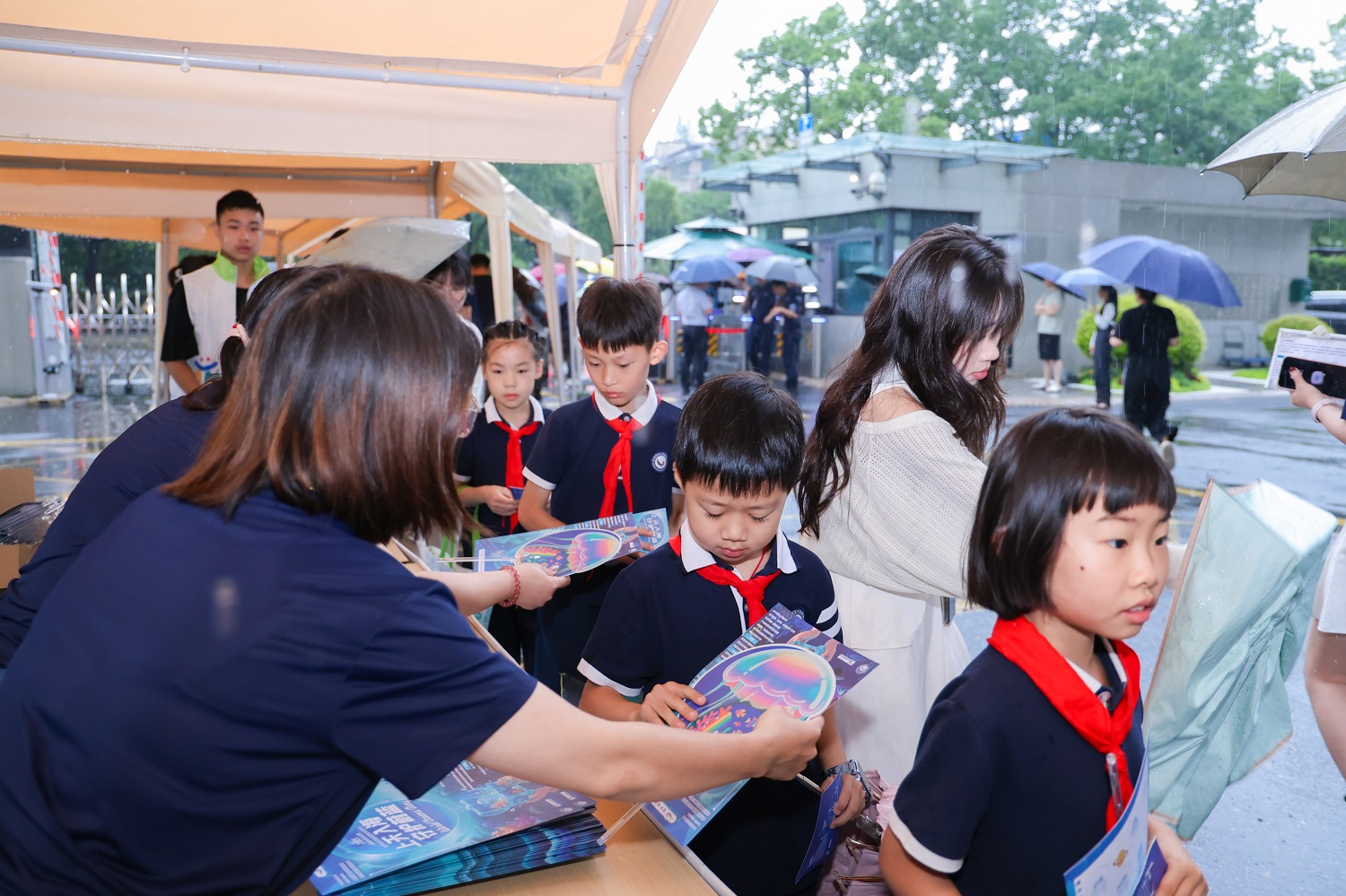
This year marks the 17th World Oceans Day. On June 8, the SIO organized a unique “Journey to the Skies and Seas” scientific exploration event. It spanned satellite remote sensing “Eye of God” and deep-sea intelligent equipment, ecological oyster reef restoration projects and academician-led sharing sessions. By listening to the heartbeat of the ocean and responding to the call of ecology, the Second Institute of Oceanography (“SIO”) was transformed into a window for the public to feel the pulse of the ocean.
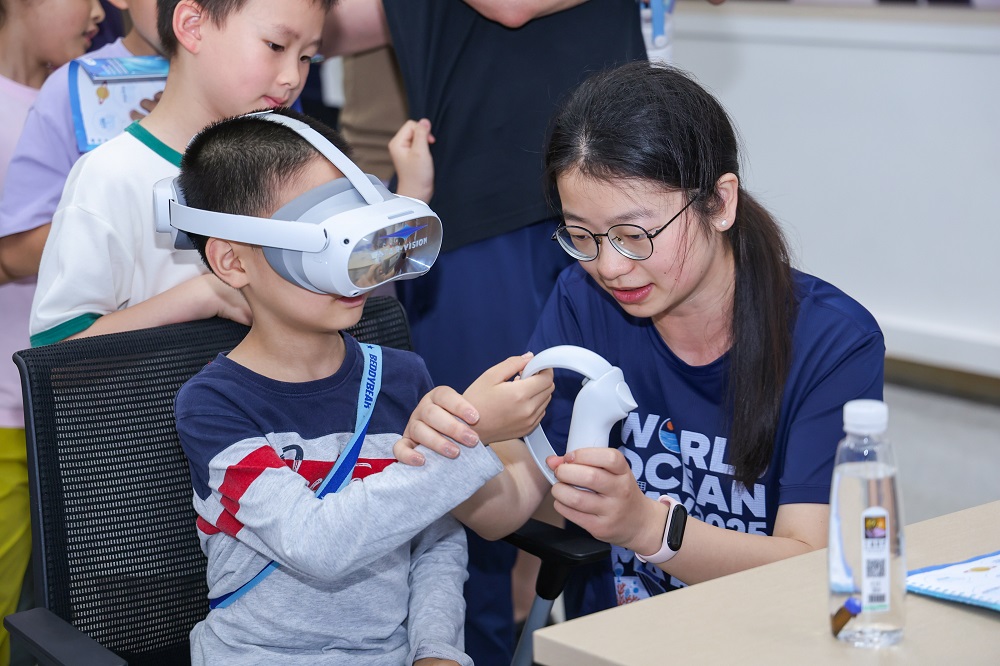
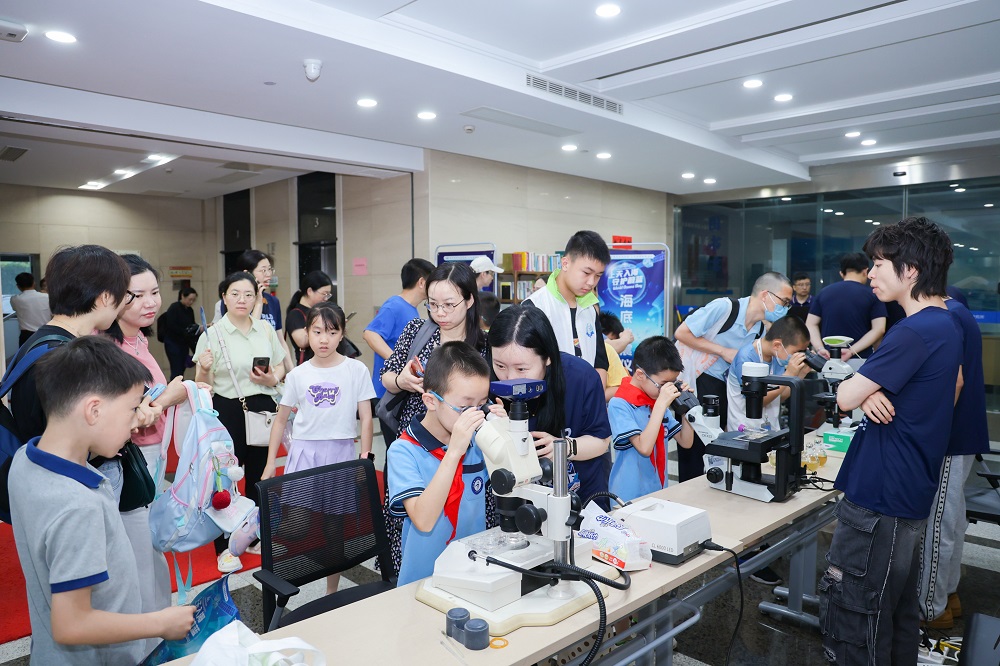
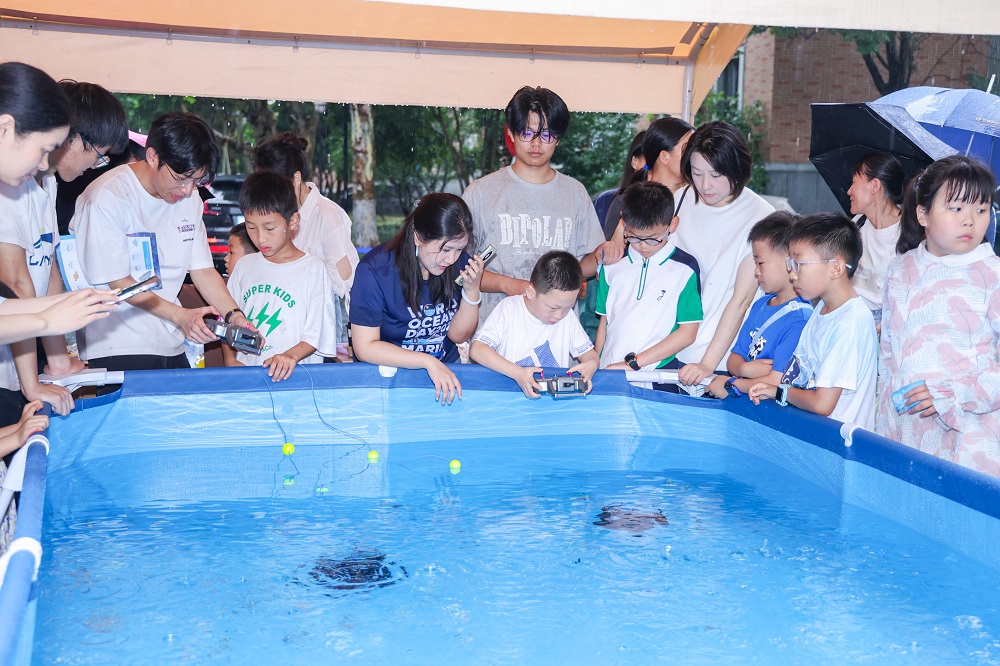
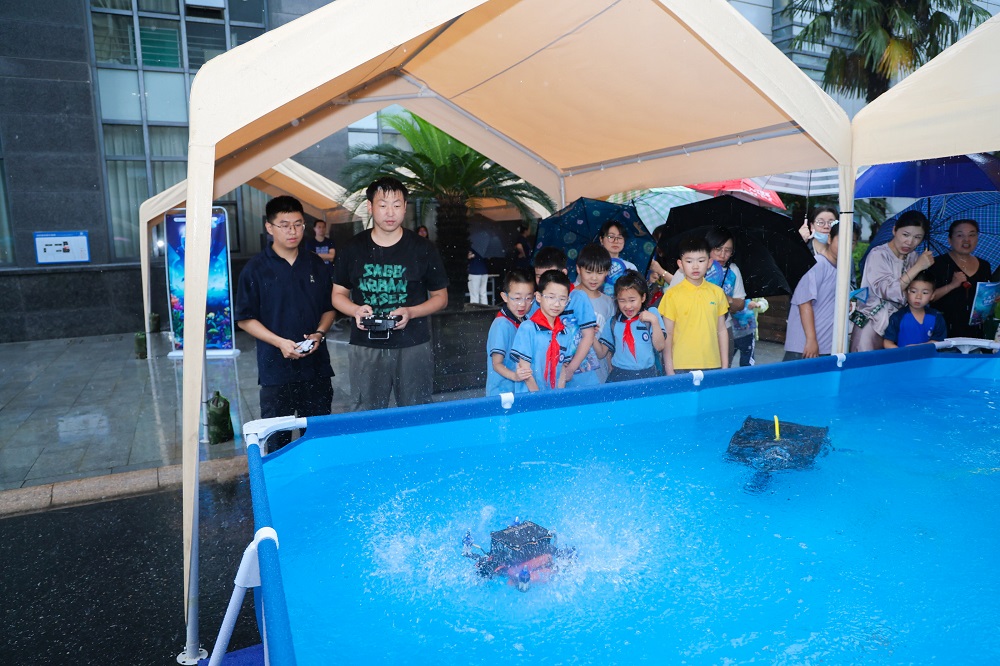
The event was co-hosted by the State Key Laboratory of Satellite Ocean Environment Dynamics, the Key Laboratory of Marine Ecosystem Dynamics, MNR, and the State Key Laboratory of Submarine Geosciences and Demarcation, with collaboration from all laboratories and business centers across the SIO. It featured 22 thematic exhibition booths, and nearly 100 staff members and graduate students provided guided explanations and interactive services. Over 1,000 visitors braved heavy rain to attend in person, while online views exceeded 1 million.
This year’s Oceans Day event marked the first time that space and deep-sea exploration were closely integrated. The “Ocean Satellite-themed Photography Exhibition” featured a series of high-definition images captured by China’s HY-1 satellite series. The fluorescence belt in the Red Sea shimmered like a cascade of stars, and the storm surge cloud maps showcased the power of nature. These “postcards from space” not only highlighted the achievements of China’s aerospace technology but also allowed the audience to rediscover the vastness and mystery of the ocean from the “God’s Perspective”.
Equally impressive were the “sea-bound” technologies. The sea-air cross-domain intelligent vehicle can soar in the air, dive deep into the ocean, and even traverse the water-air interface repeatedly, truly achieving the “integration of flying and diving”. The underwater robot was one of the most popular interactive projects this year. The audience can personally operate it and complete tasks such as grasping and detecting in a simulated environment, experiencing firsthand how technology helps humans delve into the unknown depths of the ocean.
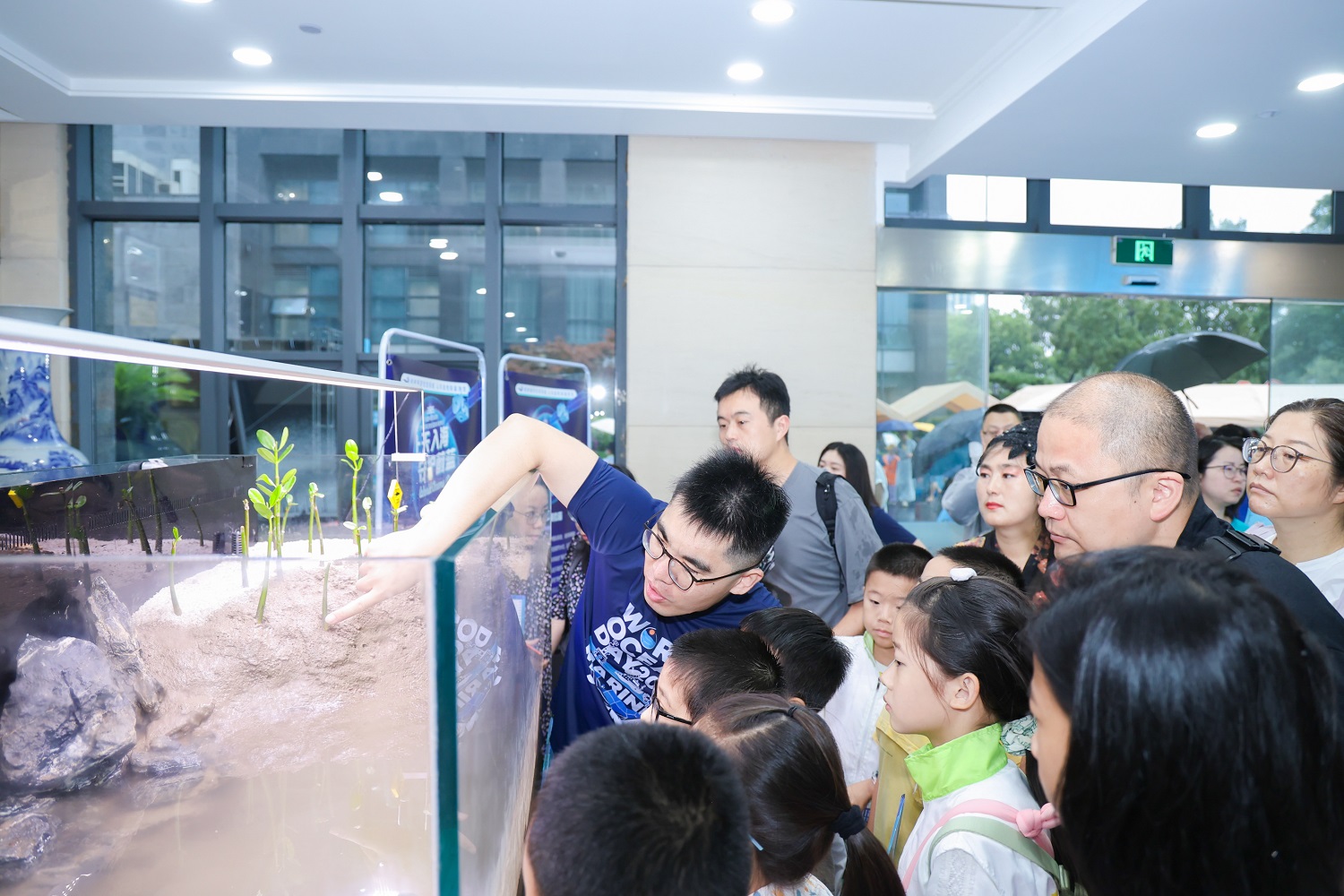
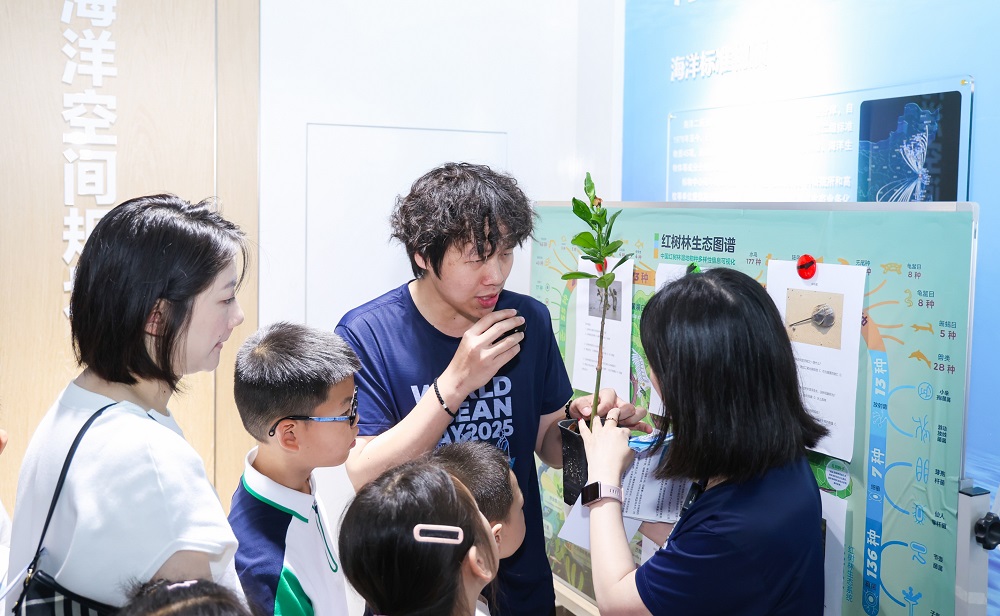
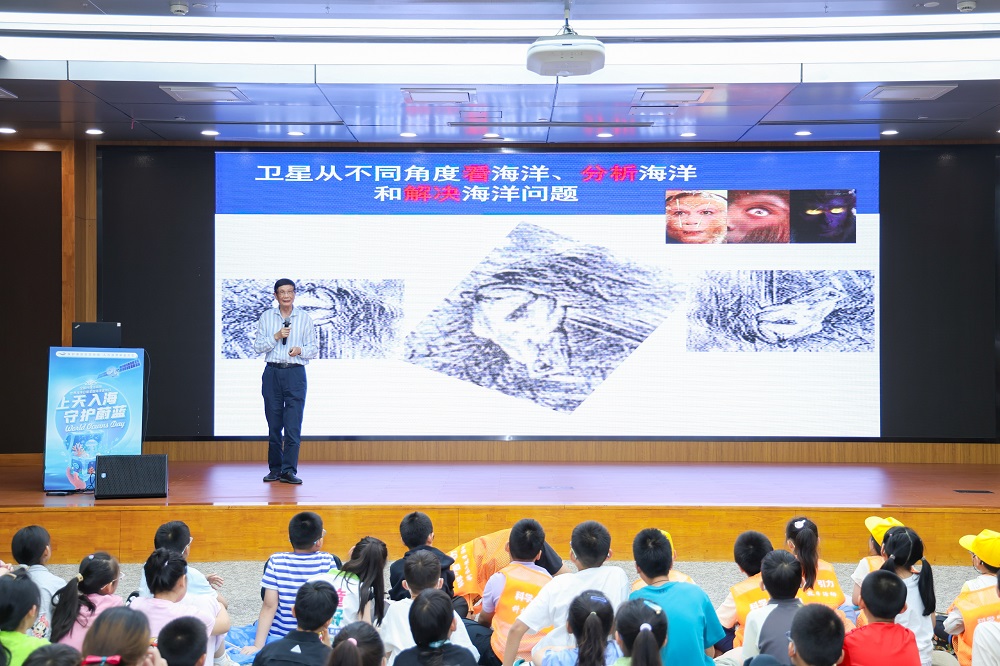
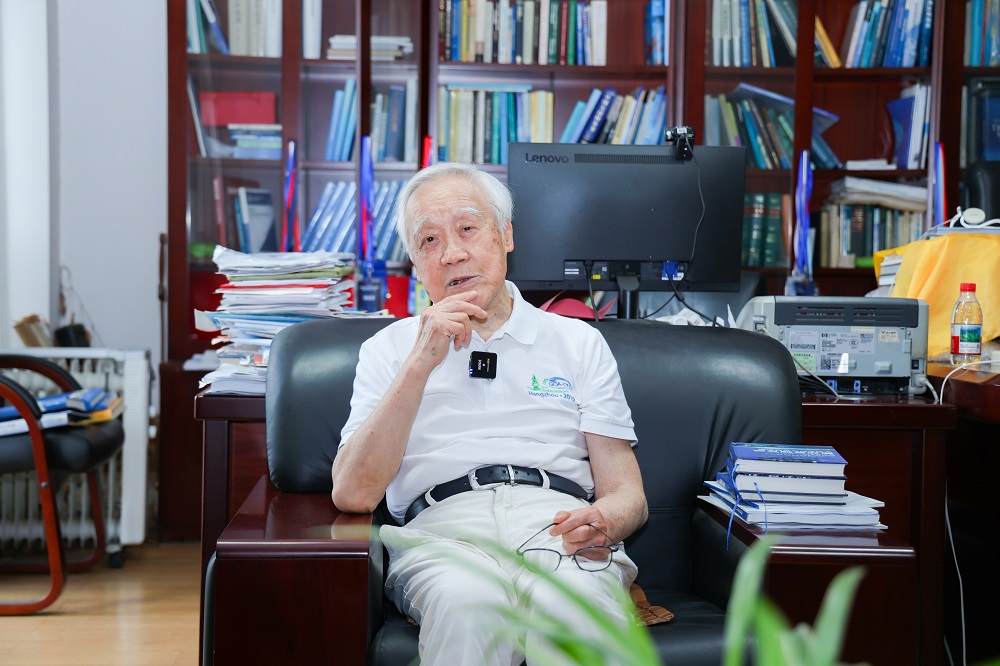
As the highlight of the Oceans Day science popularization activities, science popularization reports have always been highly anticipated each year. Academician Pan Delu, who took the stage as the grand finale, delivered a marine masterclass titled “Sun Wukong and Satellite Ocean Remote Sensing” to the children. Using Sun Wukong as a metaphor, Academician Pan explained the five complex and precise satellite technology systems in a lively and engaging manner. “The remote sensing system is like Sun Wukong’s far-seeing eyes, enabling us to overlook the entire Earth from space.” Academician Pan explained warmly. The children listened with great interest, erupting in knowing laughter from time to time. “I hope you can join our ranks in the future and become the new generation of ‘ocean guardians’.”
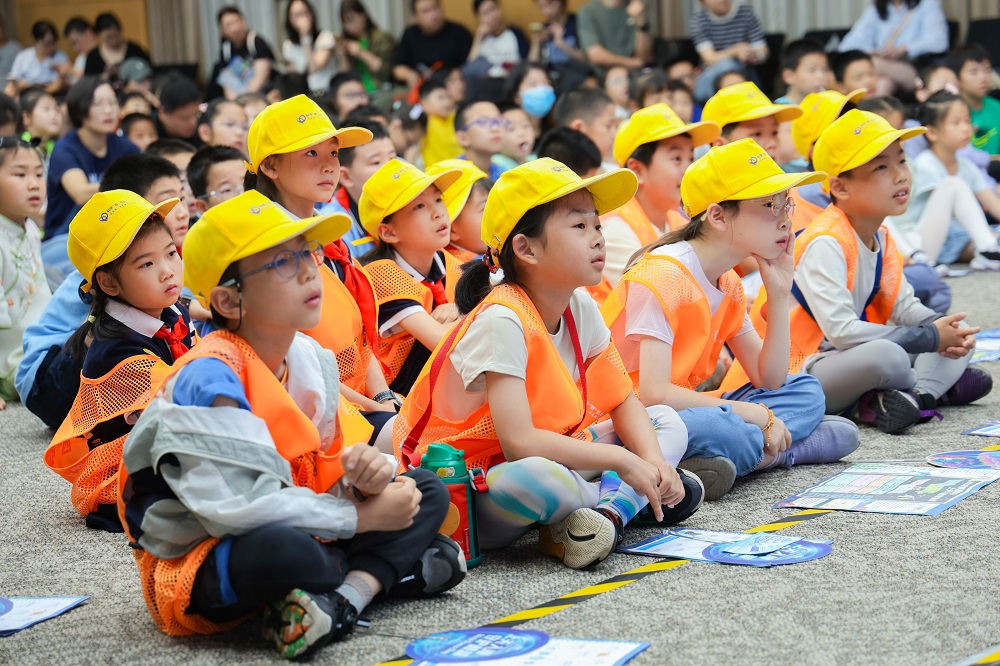
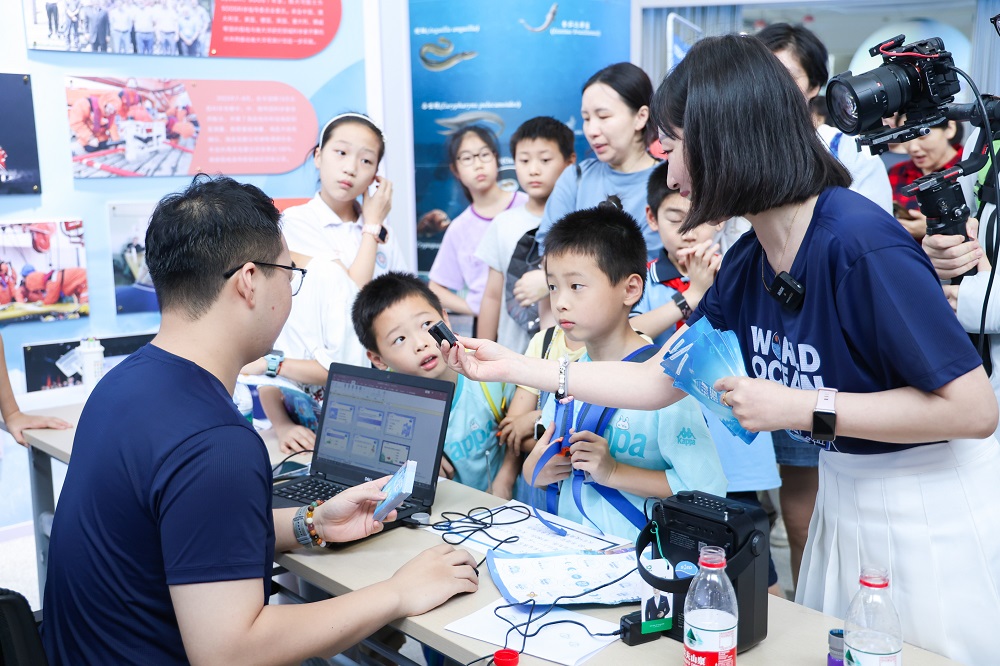
Recognizing the beauty of ocean, perceiving the urgency of crisis, and fulfilling the responsibility of protection - this is the significance of “Oceans Day”. It is not merely a festival but a wake-up call. Cherish the ocean, and care for this beautiful planet beneath our feet. Let us take science as our sail and action as our oar, sailing towards a blue future where humanity and nature coexist in harmony.



